One in five British mammals at risk of extinction
- Published
- comments
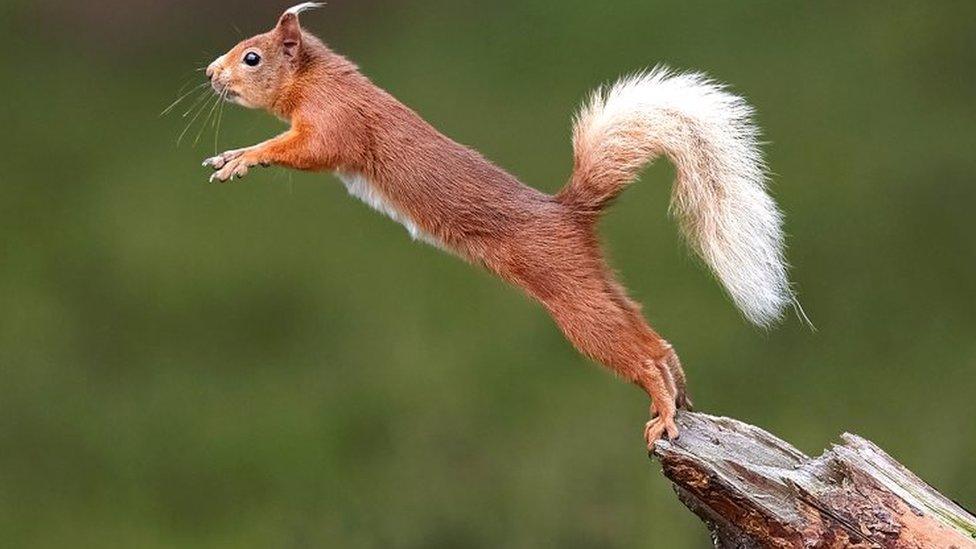
The red squirrel has been put on the first "red list" for UK wild mammals
The red squirrel, the wildcat, and the grey long-eared bat are all facing severe threats to their survival, according to new research.
They are among 12 species that have been put on the first "red list" for wild mammals in Britain.
The Mammal Society and Natural England study said almost one in five British mammals was at risk of extinction.
Factors such as climate change, loss of habitat, use of pesticides and disease are to blame, the report said.
It said the hedgehog and water vole have seen their populations decline by almost 70% over the past 20 years.
However, it is good news for the otter, pine marten, polecat and badger, which have all seen their populations and geographical range spread.
The report is described as the first comprehensive review of the population of British mammals for 20 years.
Researchers examined more than 1.5m individual biological records of 58 species of terrestrial mammal.
They looked at whether their numbers were going up or down, the extent of their range, if there were any trends, and what their future prospects were.
The species have been ranked using the International Union for Conservation of Nature (IUCN) criteria, which is used to compile the global list of threatened species.
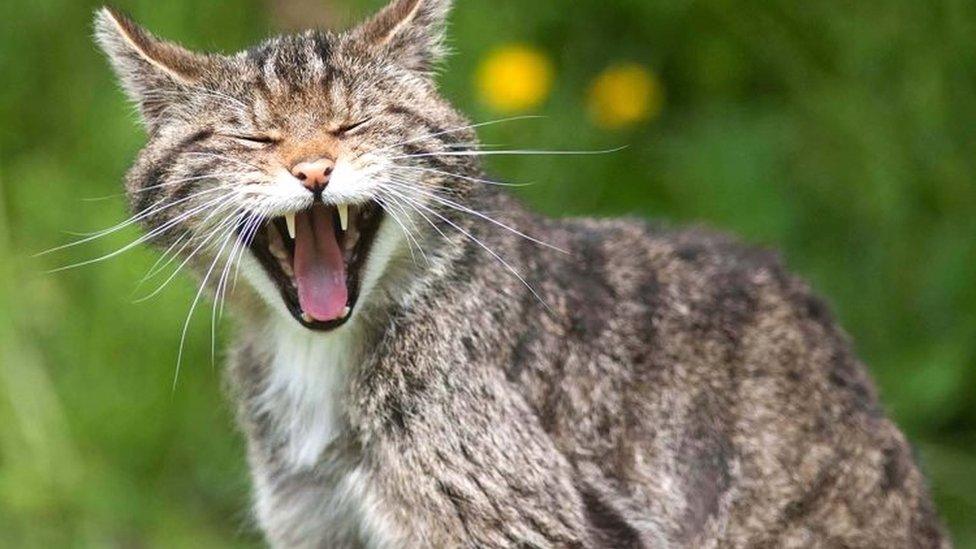
The wildcat is among the species that are threatened, the study said
A species that makes it on to the "red list" means it is called "threatened" and it faces becoming extinct within the next decade.
The highest threat category is "critically endangered." Three species were given this status: the wildcat, the greater mouse-eared bat, and the black rat.
The next highest threat level is "endangered". Listed here is the red squirrel, along with the beaver, water vole and grey long-eared bat.
The third-highest threat category is "vulnerable". The hedgehog, the hazel dormouse, Orkney vole, serotine bat and barbastelle bat are included in this list.
Prof Fiona Mathews, chairwoman of the Mammal Society said: "This is the first time anyone has looked across all species for about 20 years.
"Now obviously we're living in a country that's changing enormously - we're building new homes, new roads, new railways, agriculture's changing - so it's really important we have up to date information so we can plan how we're going to conserve British wildlife."
John Gurnell, emeritus professor of ecology at Queen Mary University of London said the study was important.
"It's the first time since the 90s that we've assessed the status of all 58 species of terrestrial mammal in Great Britain," he said.
"I think it provides us a launching pad for going forward in working out what to do in trying to conserve species in the country where necessary."
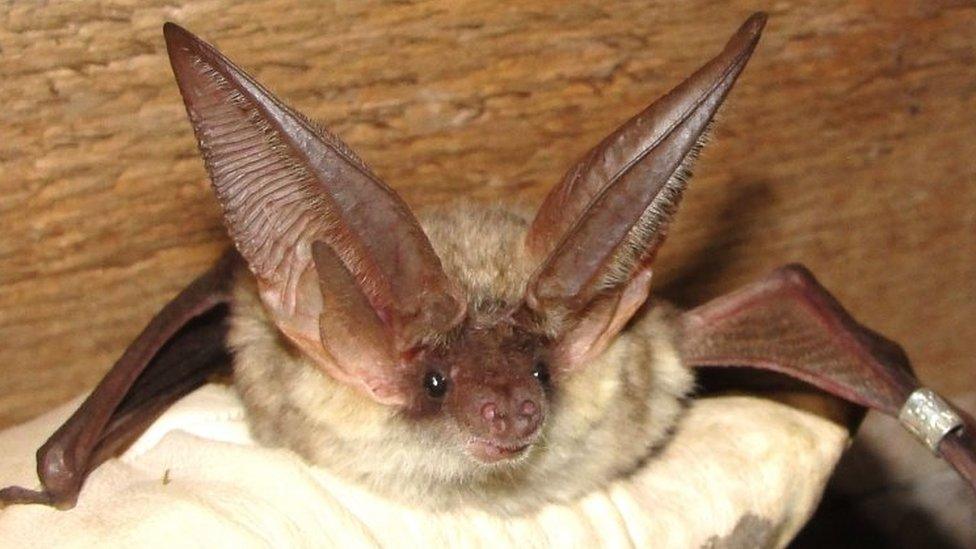
Climate change and loss of habitat are among the factors to blame for the threat to species including the grey long-eared bat
The species reported as increasing in number were the otter, pine marten, polecat and badger along with red and roe deer, the greater and lesser horseshoe bat, and beaver and wild boar.
Prof Mathews called it a "mixed picture".
"Some species are doing well, so carnivores, for example, like polecats and pine martens, they seem to be bouncing back," she said.
"Probably because they're not being persecuted in the way that they were in the past.
"On the other hand we have species that tend to need quite specialised habitat like the grey long-eared bat or the dormouse where population numbers are really going down.
"So what we need to do is find ways in which we can make sure that all British wildlife is prospering."
- Published11 June 2018
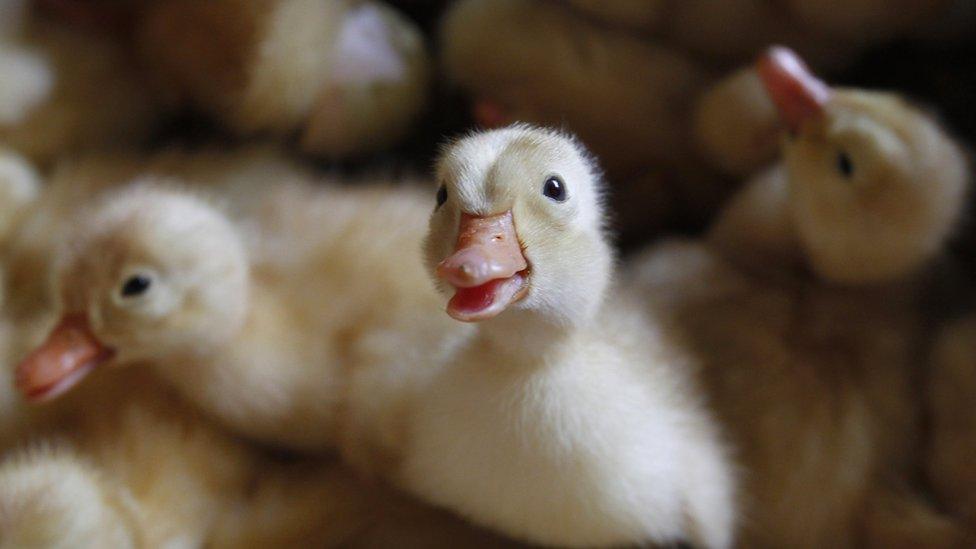
- Published17 May 2018
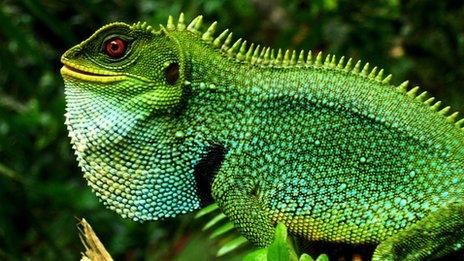
- Published13 April 2018
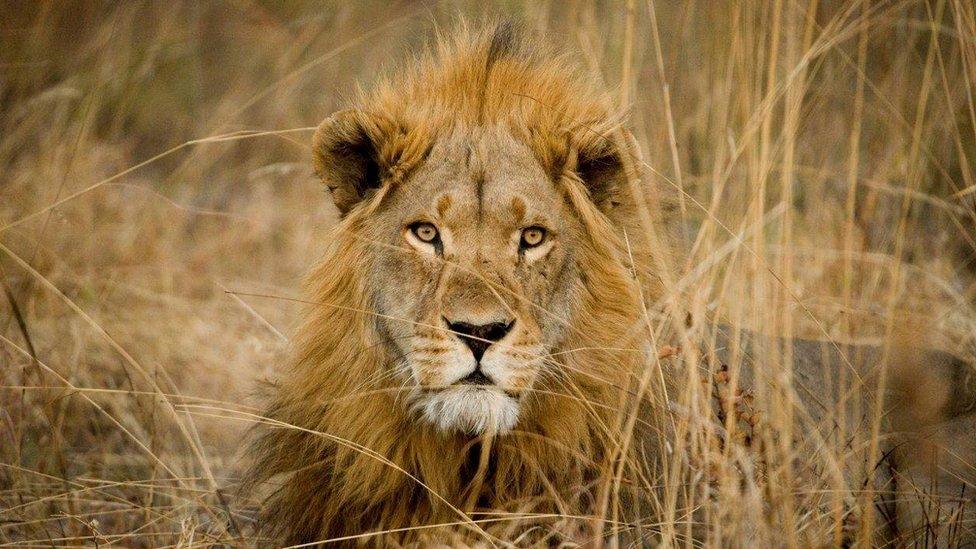
- Published21 March 2018
